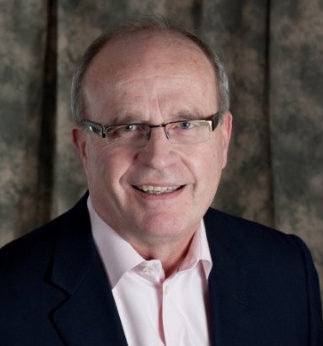Civil Rights Case Gives Hope to Pain Patients
/By Richard Dobson, MD, Guest Columnist
People with chronic disabling pain frequently complain that doctors discharge them from their practice because of the medications they take. Sometimes doctors refuse to accept patients who are taking opioid pain medications, even though the medications treat a legitimate medical condition.
There may be hope that such actions will be considered violations of the civil rights of patients.
This week the Civil Rights Division of the Department of Justice (DOJ) signed a formal agreement with Selma Medical Associates, a large primary care practice in Virginia, that may open the door for people with chronic pain to regain their full access to medical care.
Selma Medical refused to schedule a new patient appointment for a man who was taking the addiction treatment drug Suboxone. He filed a civil rights complaint asserting that his rights were violated because has a disability.
According to the complaint, Selma Medical “regularly turns away prospective new patients who are treated with narcotic controlled substances such as Suboxone.”
The DOJ and Selma Medical settled the complaint out-of-court. The full agreement can be read here.
In essence, Selma Medical agreed to stop discriminating on the basis of disability, including opioid use disorder (OUD). The settlement identifies several specific ways that Selma Medical was violating the civil rights of people with disabilities.
“By refusing to accept the Complainant for a new family practice appointment solely because he takes Suboxone, Selma Medical discriminated against him by denying him the full and equal enjoyment of the goods, services, facilities, privileges, advantages, or accommodations of Selma Medical.
By turning away the Complainant and other prospective patients who are treated with narcotic controlled substances, including Suboxone, Selma Medical imposed eligibility criteria that screen out or tend to screen out individuals with OUD.
Further, Selma Medical failed to make reasonable modifications to policies, practices, or procedures, when such modifications are necessary to afford such goods, services, facilities, privileges, advantages, or accommodations to individuals with disabilities.”
In the agreement, Selma Medical agreed to stop discriminating now and in the future. The staff and administration are also required to undergo intensive training on the implementation of the Americans With Disabilities Act (ADA).
Importantly for pain patients, the agreement applies to people taking “narcotic medications” for any reason and is not limited to people who are taking Suboxone for OUD. The agreement does seem to imply that people taking opioid medications also have their civil rights violated if they are refused medical care on the basis of their diagnosis and their use of opioids.
A former staff attorney in the DOJ’s Civil Rights Division agrees.
“This formal settlement agreement from DOJ affirms that discrimination in access to medical treatment based solely on an individual’s use of a particular medication — in this case, a narcotic controlled substance — may violate the law,” says Kate Nicholson, a pain patient and civil rights attorney who helped draft federal regulations under the ADA.
Anyone who has chronic pain and who is discharged from a practice or refused admission to a medical practice should let the medical staff know that this is a violation of the ADA. Show them the agreement between Selma Medical and the DOJ. Then if the medical practice still refuses care, file a formal complaint with the Office of Civil Rights. Instructions on filing can be found here.
As part of the settlement agreement, Selma Medical had to pay $30,000 to the complainant for “the discrimination and the harm he has endured, including, but not limited to, emotional distress and pain and suffering.” Selma Medical also had to pay a civil penalty of $10,000.
It seems to me that the substance of this agreement gives real hope to the chronic pain community that discrimination based on disability, even if the disability is based on pain, is illegal and violates their civil rights.
Richard Dobson, MD, worked as a physician in the Rochester, New York area for over 30 years, treating and rehabilitating people suffering from chronic pain, mostly as the result of work or motor vehicle accidents. He is now retired.
The information in this column should not be considered as professional medical advice, diagnosis or treatment. It is for informational purposes only and represents the author’s opinions alone. It does not inherently express or reflect the views, opinions and/or positions of Pain News Network.



























